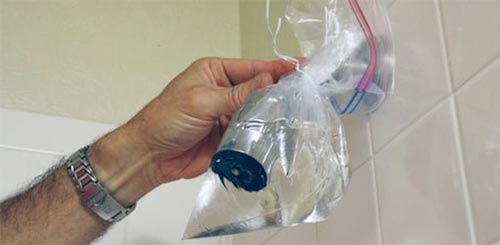ASSOC. COMPANY
Standard positive flushing procedures
Non-aerosol producing outlets
Systems or individual outlets that have been confirmed as having a bacterial issue require frequent flushing in order to remove any stagnation that may have developed and/or to minimise any further growth.
The suggested flush cycle for confirmed positives should be a minimum of 5 minutes on a daily basis to allow good flow through the affected system/affected outlet(s). Where possible the flushing should be carried out in the morning.
All flushing should be logged accordingly. If you have any other areas where outlets are either not used or used infrequently, please flush these accordingly.
- Ensure that the system/outlet can be flushed safely and in a tidy manner into an appropriate drain if not plumbed for drainage
- Ensure that the purging of water from outlets does not create an unnecessary amount of aerosol at least no more than would be created when outlet is operated normally
- Ensure that 'splash-back' is minimised, where practicable, by placing a sponge or another material capable of absorbing some of the force of the water against the surface of the appliance
- Open the outlet and flush the hot and the cold or the mixed water in turn for a minimum of 5 minutes (per outlet)
Equipment required for the flushing process
- Flushing log
- Pen
- Timer
Precautions
Ensure all involved with the operation are of good health (good immune systems). Causes of poor or compromised immune systems can be; cancers, transplant patients, cystic fibrosis and respiratory diseases.
Showers and other aerosol producing outlets
Before starting any form of flushing it is imperative the operative is protected against exposure to aerosols. In this case exposure to aerosols from the showers and other outlets capable of creating a spray.
- Wearing a mask of suitable protection – usually marked as FFp3 – Organic vapour. These can be purchased from most hardware stores.
- Eye protection
- Gloves to protect existing cuts and abrasions
- Clear food grade plastic bags
- Elastic bands or similar
Example of bagging a fixed shower head. Ensure the bottom corner (arrowed) is snipped to allow the water to flow through.

Ensure all PPE listed above is fitted pre flushing
Ensure all who are not involved in the operation are kept away from the immediate area with doors closed to contain aerosol release to the local area. Allow the aerosol (mist) to settle before opening doors to the wider environment.
Equipment required for the flushing process
- Flushing log
- Pen
- Timer
Precautions
Ensure all involved with the operation are of good health (good immune systems). Causes of poor or compromised immune systems can be; cancers, transplant patients, cystic fibrosis and respiratory diseases.
When flushing fixed head showers/spray taps, place the clear food bag over the shower head and secure with elastic bands or similar. Cut a hole in the bottom corner. This will allow the aerosol to be contained but allow the flow of water through and out of the bag. If the insert can be removed from the shower heads this will further help control the release of aerosols. You can disinfect the inserts if you wish.
When flushing showers with hoses, remove the shower head. Use the hose to flush through the shower and submerse the head in fresh water. You can also use a disinfection agent if you wish.
The suggested flush cycle for confirmed positives should be a minimum of 4-5 minutes on a daily basis to allow good flow through the affected system/affected outlet(s).
All flushing should be logged accordingly. If you have any other areas where outlets are either not used or used infrequently, please flush these accordingly.
